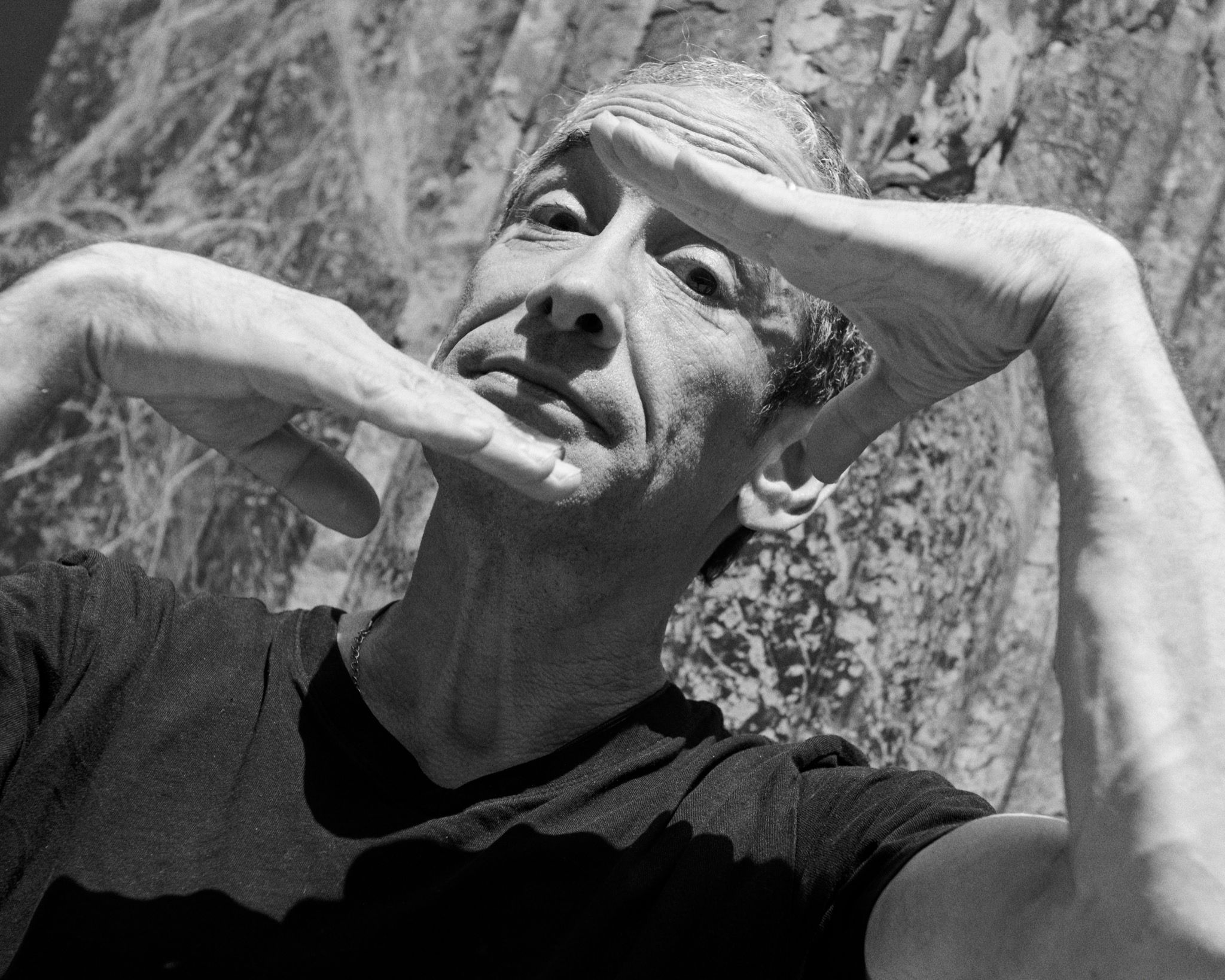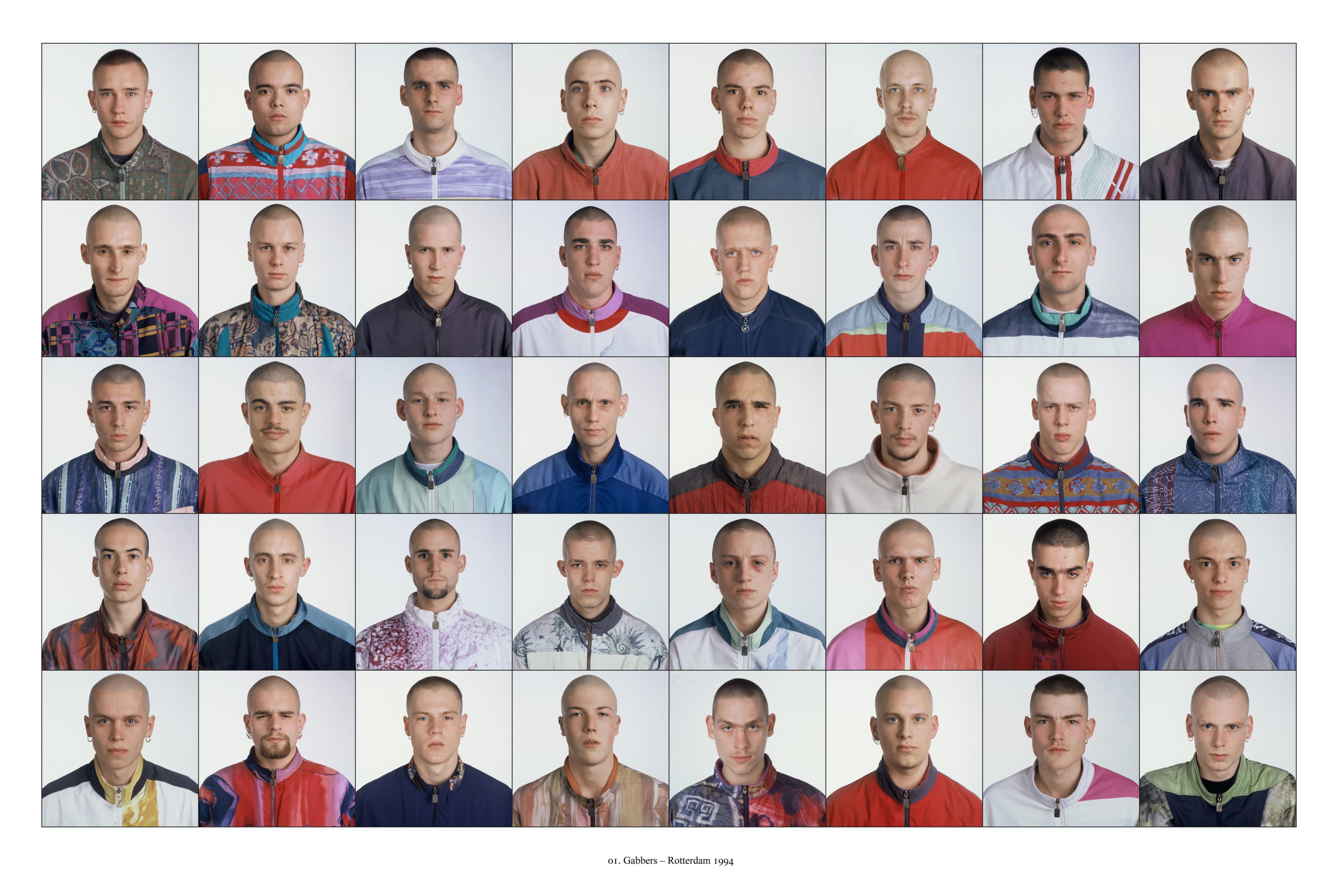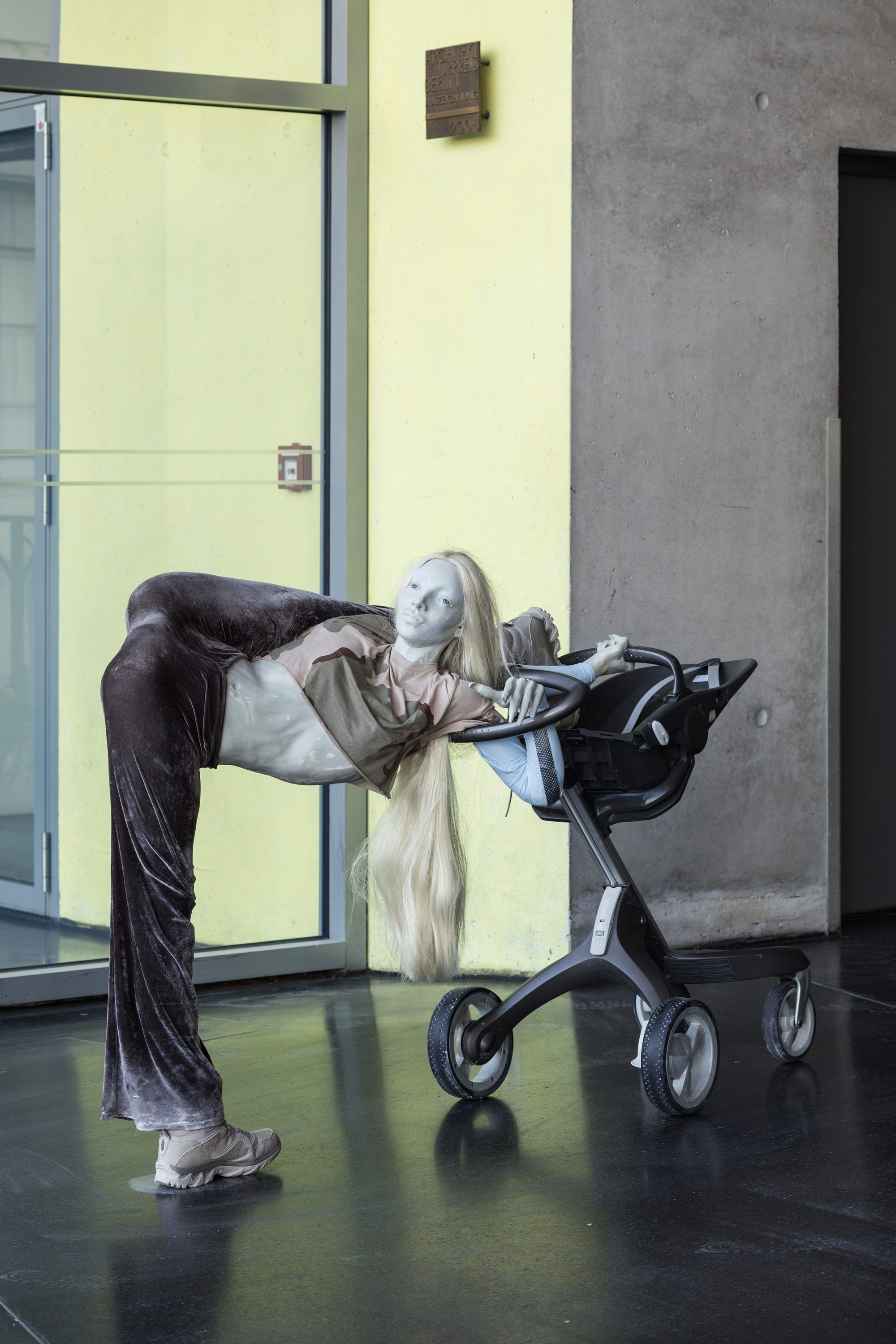SUSANNE PFEFFER: How Art’s POST-HUMAN TURN Began in Kassel
|THOM BETTRIDGE
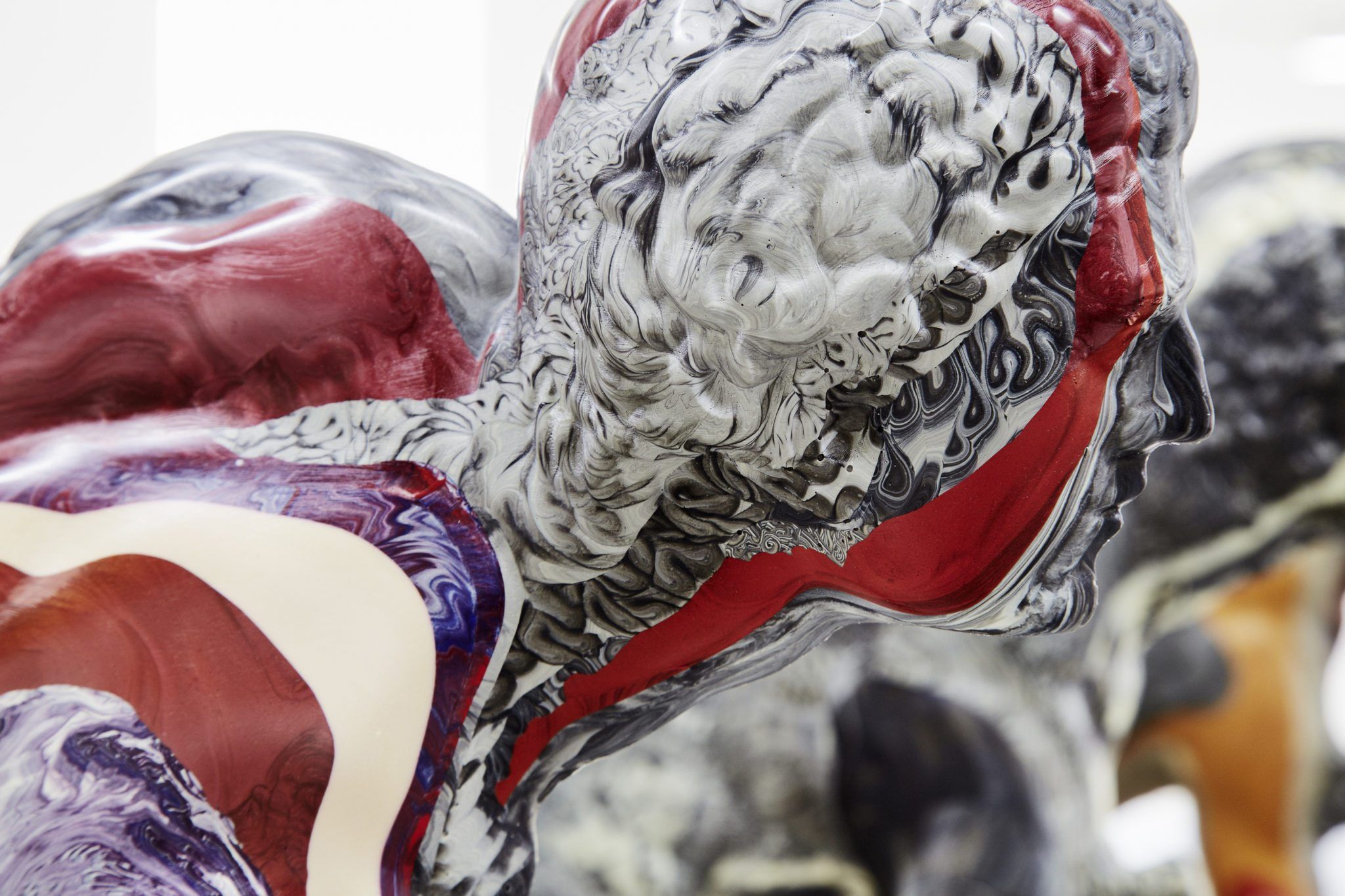
Since taking over Kassel’s Fridericianum in 2013, curator Susanne Pfeffer has turned Europe’s oldest museum (founded in 1779) into a platform for a mode of art practice that is purpose built for a post-human century. And, in a recent announcement, she has been named the curator of the German Pavilion at the 57th Venice Biennale.
Her inaugural exhibition in Kassel “Speculations on Anonymous Materials” (2013) was the first in a trilogy of group shows that marked the institutional arrival of post-Internet art. Along with its sequel exhibitions “nature after nature” (2014) and “Inhuman (2015),” “Speculations” posed a material-obsessed challenge to the modernist ideal that humans (as opposed to objects) are at the center of conscious reflection. The exhibitions thereby sought to dispatch with the outdated boundaries that have defined modern humanity: material and digital, civilization and nature, subject and object. Chockablock with 3D-printed body parts and mutated corporate imagery, the group shows mapped contemporary crises of personhood. Pfeffer asserts that what we perceive as the virtual rise of the Internet is in fact a shift in physical reality that is irrevocably transforming our bodies and our environment. With energy drinks modifying our hormone levels and automated manufacturing shaping geopolitics, it seems impossible to refute Pfeffer when she claims, “Millions of people are already cyborgs.”
Industriously post-human by way of Coca-Cola light and café americanos, Pfeffer can often be found on the Deutsche Bahn ICE, the highspeed railway system that she uses to download herself for openings and studio visits in Zurich, Berlin, Basel, Frankfurt, Kassel, etc. She spoke with 032c’s Thom Bettridge to discuss art in an age after modernity:
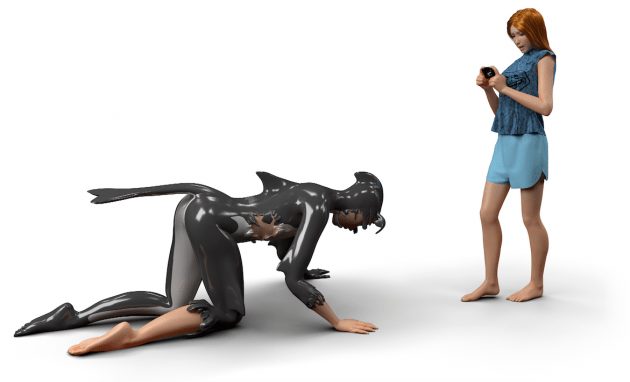
THOM BETTRIDGE: In a sense, “Speculations on Anonymous Materials” canonized what people have been referring to as “post-Internet” art. What does that label mean? Is it even meaningful?
SUSANNE PFEFFER: The initial motivation behind the exhibition was to show a development in art that was reflecting on technological changes and using an entirely different aesthetic that is oriented towards the Internet and corporate aesthetics. “Post-Internet” refers to a generation that grew up with the Internet. There has been a marked change in artistic aesthetics and practice. While the preceding generation of artists tackled changes brought about by technology, this emerging generation has a more conceptual, material-based approach. It’s more non-fiction than fiction. We called the first exhibition of the trilogy “Speculations on Anonymous Materials,” and didn’t use the terms “generation” or “post-Internet” in any of the exhibition texts, since many of the works themselves don’t deal with the Internet and avoid any neoliberal branding. The artists instead evoke more general changes in technology. They deal with the interconnection of technology, economics, and ecology, and their awareness of being part of this system.
Something I’ve noticed about this mode of art-making is that the results are all very photogenic, as though they were pre-built for a web apparatus like Contemporary Art Daily.
What’s particular to artists nowadays is that there’s an awareness that these works will be photographed and documented. These artists know that a lot of works will only be experienced as images on the Internet, as opposed to in person, so they position works in a space that already considers how it will appear in photographs. That’s something new. Almost every artist wanted the coldest neon to light the exhibition. Totally blue. Totally cold. That approach is also a function of technology and capitalism, injecting a certain coldness into the materials.
It’s almost as if they want to turn the surface of an LCD screen into a three-dimensional environment. Is it a challenge as a curator to make a real life space for things that are calibrated to a digital surface?
All of these objects have bodies, or a physicality. I’m always taking the body of the visitor into account in my curatorial work. It’s the real purpose of an exhibition. A lot of people who had seen the exhibition initially through images said they didn’t expect there would be such a difference. It is a completely different experience seeing the work in real life. Photographs always flatten things, and that effect can be interesting for some artists. In most works, the physical body is totally present. You could say there are no bodies in the digital sphere, so it’s interesting that so many works deal with the topic of the body. They’re dealing with an absence, one that makes the body totally present.
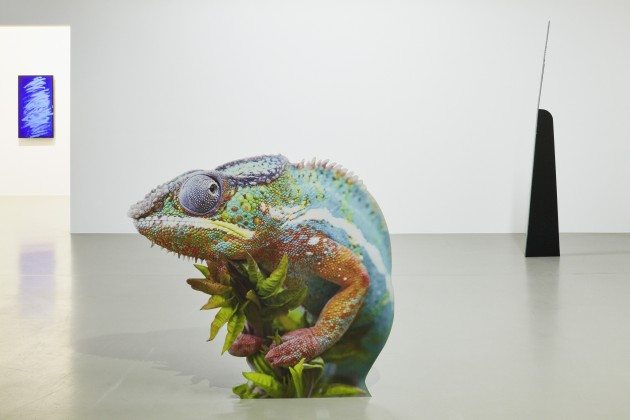
What do you think this type of work is responding to in an art historical sense?
Around 2013, in the first reviews of this type of work, the term “appropriation” – the use of pre-existing images and materials – often appeared to describe it. But I never thought this really applied. And somehow, soon enough, that description disappeared. I actually think the critical language regarding this work still needs to be developed. All of the artists in this generation are very aware of recent art history, especially Relational Aesthetics and the idea that art and life are indivisible. These concepts seem very problematic to them. Much of this work is rooted in a specific type of contemporary philosophy – Speculative Realism, Object-Oriented Ontology. These are theories that center around this idea of thinking of “objects as themselves,” as opposed to their subjective existence within the human mind.
What led you to this idea of material-based thinking? Did the art come first, or was it the philosophy?
The relationship to Speculative Realism came through talking to the artists. Doing studio visits, there was a point when I realized that everybody was talking about theory actively, which I think hadn’t been the case for a while. For example, Ed Atkins, he’s totally into theory. Pamela is an expert. Timur Si Qin is totally into Manuel DeLanda’s thinking. Even though DeLanda is from a different generation, it’s still part of speculative thinking. I think it’s a time where a generation of artists are really interested in theory again.
Isn’t it counter-intuitive that a generation of digital natives is creating artworks that are so concerned with material? Isn’t our material world becoming digitized?
I think it’s actually quite logical, because the problems that arise with the Internet are not virtual. A massive amount of energy is spent on making the Internet run – an amount of energy so vast that it changes geographies and geopolitics. The politics of material are changed in real terms because of the so-called virtual world, which requires a lot of devices and energy to run. It’s not virtual at all.
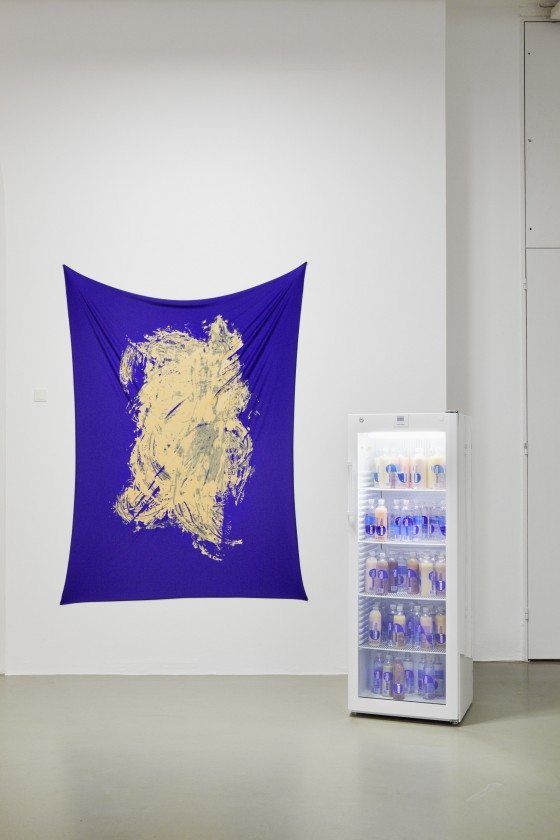
But doesn’t this focus on material remove the social element of an artwork? Reviews of the first exhibition accused the work of being stylish and a-political.
Material is clearly linked to the political. All of these artists are reflecting on materials, technological changes, and ecological crises. Artists have begun thinking beyond themselves. These art practices are not about the self, but more based in a form of complicity. Technological change has connected global systems to our lives. We are aware that most smartphones are manufactured under slave-like working conditions. Does that mean we shouldn’t use them anymore? Most of us still do. It’s easier to criticize something if you say, “I’m here, and that is over there.” But now there’s a total shift because of our complicity. If you speak about something, and you know that you’re already part of it, it’s a different type of positioning. Because it’s impossible to stop using, say, email. We don’t even have a choice.
How does that translate to art-making?
For one, it leads to a completely different approach to the position of the artist and how they engage in systems like the market. For example, Yngve Holen calls his works “products.” Many of the works are also made from products. You see a lot of readymades in this collection of work, but it feels strange calling them “readymades,” because they don’t seem to operate in the same way as, say, Andy Warhol or Marcel Duchamp used that approach. Since Duchamp, the gesture of putting an object in the exhibition context was always a transformative part of the work itself. Putting something in a gallery changes an object into an “art object.” When Warhol placed a reproduction of a Brillo box in the white cube, it was about the Brillo box as a commodity or brand – almost a linguistic gesture rather than a material one. This isn’t important anymore. The artists in these shows may use such products, but have far more material and political concerns rather than conceptual.
What is an “anonymous material”?
The title of the exhibition was also inspired by a book by Reza Negarestani, Cyclonopedia: Complicity with Anonymous Materials. A lot of materials surround us, but we don’t know anything about them. They’re somehow anonymous to us. Think of objects like USB sticks, or smart phones. We don’t really look at these objects. We are neither aware of their actual aesthetic, nor do we know about the materials they are made of.
Why were there so many water bottles in this exhibition?
Every water brand has its own unique slogan, so, in that way, water is defined by its container or packaging. As a readymade, it’s a “psychologized” material. Pamela Rosenkranz works with Smart Water bottles, for example. She filled Smart Water bottles with silicone that is pigmented with skin color tones from different ethnicities. So you have these bottles of Smart Water filled with skin. Skin is usually a container for our bodies – bodies that consist of up to 80 percent water – and now its being contained in a water bottle. So the skin becomes the content as opposed to the surface. But there’s another political dimension here as well. Smart Water’s parent company is Coca-Cola, which now dominates the water resources in India. Water resources are now privatized, and so these firms have control over our bodies. Water itself is one of the most contested resources. Consuming water in plastic can also change our hormones, and thereby our mental perception. Pamela also works with Fiji Water, which has the tagline “Untouched by Man.” This is completely absurd. It comes in a plastic bottle.
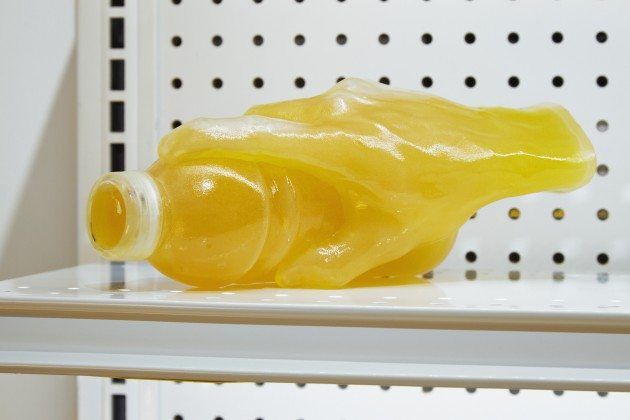
“Untouched by Man.” It’s interesting because touch and tactility seem to be removed from these objects. Many artists have been 3D-printing works and removing their own hand. Art-making in this mode seems to resemble online shopping more than the old school ideal of an artist covered in paint.
For a long time, Ed Atkins and I talked about this idea of “digital labor.” Labor is very interesting in this, it’s becoming invisible. This emerges in a lot in these materials and images, which are focused on the surface and not concerned with seeing how the thing is made. In the work of Pamela Rosenkranz, or Trisha Baga, handwork appears to render the labor visible, but otherwise the process of production is largely invisible. Oliver Laric, for example, likes the idea that he could produce a sculpture just by sending an email. He actually ordered a sculpture from a North Korean large-scale sculpture fabricator. I heard that sculpture company makes a lot of monuments for dictators around the world. Yes, and you realize that a lot of North Korean hands were employed to produce the piece and create its perfect finish. So those political dynamics become implicit to the work.
It’s all connected to labor.
And you can see the parallel, or inversion, of that practice with Avery Singer. She creates images with the computer program SketchUp and paints them with airbrush afterward. SketchUp is easy to use, but the airbrush process is painstaking. The production process can take up to six months, working day and night. It’s interesting because airbrush has no gesture, no hand. The labor is invisible. There’s a tension between what it looks like and what it actually is. There were a couple different sculptures of hands in “Speculations on Anonymous Materials.” Nowadays, when you’re at work, you’re mostly looking at your hands. Hands are always operating devices – typing, or texting on a mobile phone. We are recognizing an obvious shift between intellectual and manual labor, since machines have come to replace formerly manual labor.
Josh Kline’s Tastemaker’s Choice depicts a series of hands fused to water bottles. It’s almost a monument to the spiritual coalescence between consumer and product.
Hands define individuals. Today, everybody is running around holding drinks. When I was growing up, you would never drink on the street, it would be impolite. Now you see people drinking in public all the time. The drink brand you choose becomes a marker of differentiation. It’s a form of self-expression. Men have to prefer Coke Zero to Coke light, because Coke light is branded as female. I guess you’d turn gay if you drink it too much. There’s then a certain humanity embedded in these objects. A system of ethics. These liquids and substances are designed to optimize the body. We can’t allow the body to be weak, fat, or tired. This became a subject in the exhibition “Inhuman”: the way you can construct your own body. How do we deal with the body if the body is a material? For example, there’s an idea of guilt around being ill. If you’re ill these days, it’s your fault. It’s awful. The whole body has been transformed purely into capital. If I’m tired at work, it would be my fault, because I’m working too much. You’re always guilty somehow. And this is part of the capitalist system. You become afraid of getting ill, or not functioning.
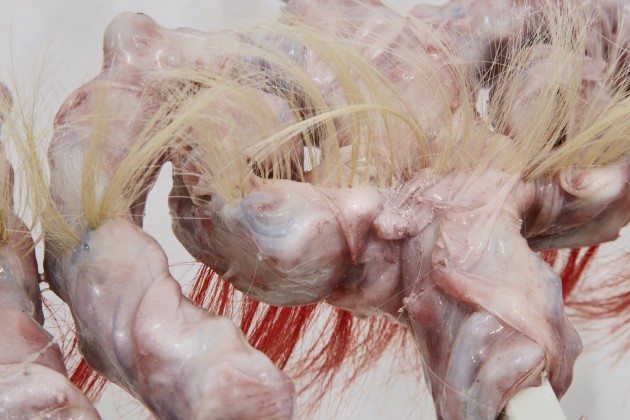
What does “inhumanity” look like?
“Inhuman” refers to post-humanism. Our current conception of the human stems from modernity, when the human being was put at the center of understanding. When modernism emerged, we began to observe the world from a human perspective. But the human perspective isn’t strictly necessary in dealing with metaphysical concerns. This human point of view wasn’t important in medieval times, for instance. So questioning humanism was core to the exhibition. There were three main things artists were concerned with in that exhibition: socioeconomic shifts, the re-definition of the human beyond established social and biological constructs, and neuroscience.
Why neuroscience in particular?
Neuroscience is constructed by man. This might be something that contemporary philosophy and neuroscience have in common. In “Inhuman,” Pamela Rosenkranz was working with a breakthrough in neuroscience called the “brainbow” – an amalgam of brain and rainbow, where neuroscientists map the neuronal activity of mice with colors. She then took these colors and randomly linked them to Heather, one of the first computer-generated voices. The only responses Heather can give are “yes” and “no.” The work shows the limitations of technology since it is based on this binary system. Neuroscientists are like that as well. They break everything down to the body and to neurons. The problem with neuroscience is that it is material-based. It implies that no decision about you is made by yourself. There’s no room for metaphysics, and no room for art and creativity.
There’s a comedy that takes place in the way that technology fails to approximate something human. The interfaces between technology and human still fail to work completely. Plastic surgery looks uncanny and sometimes ludicrous. Talking to Siri on your iPhone often devolves into experimental theater dialogue.
But you see that type of fluidity in Oliver Laric’s video piece on morphing. In a society that demands self-identifying as a man or woman – objects or subjects – he shows the possibility of fluidity. Why do we have to define these divisions? A topological change is occurring. Bodies can be morphed. Gender changes can be performed through technology. We can live beyond the borders of dualistic thinking. There could be a freedom to define the self beyond social and biological borders.
The body has become fluid, malleable, plastic. But hasn’t it also – in the same sense – become something disposable? The bodies represented in these exhibitions are often severed into limbs and fragments.
There are negative connotations about the body becoming plastic, but on the positive side, there’s a freedom. Through technology, the idea of what your body is and what your body is meant for has totally changed. It is becoming fragmented. We are preparing to exist in a purely virtual world. We’re not completely there yet because we still have bodies, so we’re in a transitional phase. We’re living in a world of cyborgs. That sounds prospective, but with current medical developments, millions of people are already cyborgs.
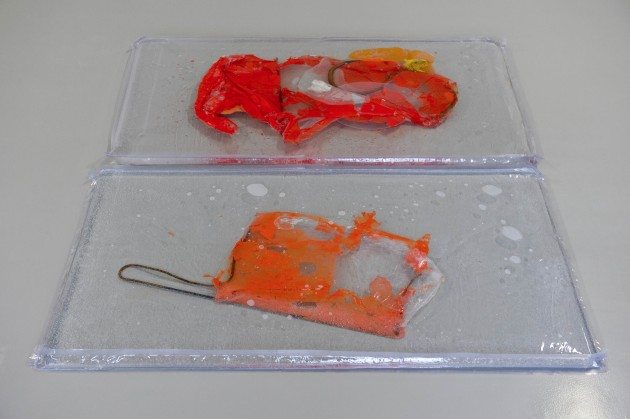
How does this transformation carry over into nature? What is “nature after nature”?
The notion that human beings are at the center of the world can be traced back to Descartes and Kant. This then led to the division between Man and the rest of the world – the division between culture and nature that defines modernity. The current ecological crisis that we have right now stems from this division. Nature is active on a scale that is too vast for humans to understand. These changes are so huge in time and space that we are not able to comprehend them as humans. You could say that manufacturing has turned the artificial into its own form of nature. Objects have become so evolved and so distant from their original context that they seem foreign to us, in the same way that nature seems foreign to us. So we need a new paradigm to approach the world.
What is this new paradigm responding to?
The whole romantic idea of nature. Nature being this space of green trees. Nature being the starting point of life. The problem comes when you start dividing these things and having this romantic idea that the park outside is more beautiful or natural than the city around it. Consider the fact that there is no forest in Europe that has not been reforested. All the forests in Germany have been permanently reforested, or planted. The only ones left are in Gomera. So all the nature we have in Europe is a civilized form of nature. How can we begin to understand nature differently? In “nature after nature,” everyone was into Timothy Morton, who’s theory of ecology is based on speculative thinking. Morton identifies a hyperobject as an object that is beyond time and space. Climate change is a good application for this, because what is occurring is beyond perceptible space and time. It’s difficult to see due to the fact that it’s so huge. For me, a footprint of a dinosaur being seen now is an example of a hyperobject, because there’s all these different time scales collapsing into one object. When I saw Olga Balema’s water cushions in her studio, I immediately thought about hyperobjects. Her piece allowed the objects inside of it to degrade over the course of the exhibition, compressing traits of time and space. This is an object that allows you to get a glimpse of ecological problems.
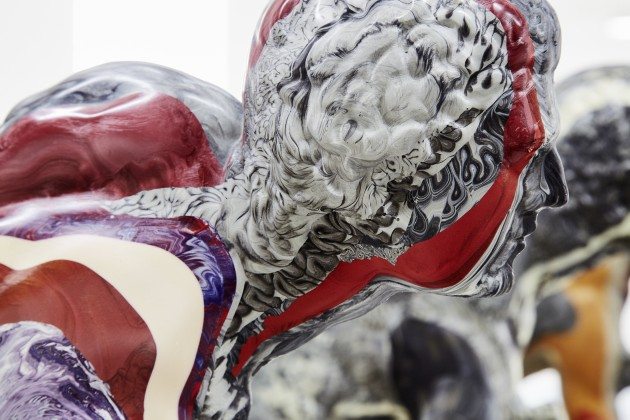
How did plastic become such a big theme in an exhibition about nature?
Plastic is now a part of nature. It’s everywhere. Nature now is an ocean full of plastic. And that plastic will change the fish that consume it. And it will change us too when we consume those fish. That’s our nature. We are nature. The hyperobject is almost a type of allegory.
Are these artists also creating allegories for the theories that they are reading?
I think it’s a dialogue. Art and philosophy offer different approaches to thinking. Philosophy is based in language, while art is based in materials, objects, and images. Gilles Deleuze and Félix Guattari already laid out a lot of this thinking. Their idea of fluid capitalism already appeared in the 1970s. But what these new approaches to art and philosophy have in common is that they both totally break with modernity. For me, this was a relief. Seeing a generation of artists that work differently, who are not interested in the whole idea of dealing with modernity, is really refreshing. For me growing up, there was constant reference to the postmodern and the post-post-whatever. There has always been a recalling back to modernism. Now, there’s a break with dualistic thinking that’s occurring. The human and human culture are no longer at the center. Something new is emerging.
“Images,” Susanne Pfeffer’s next exhibition at the Fridericianum, opens January 30 in Kassel.
Credits
- Interview: THOM BETTRIDGE
